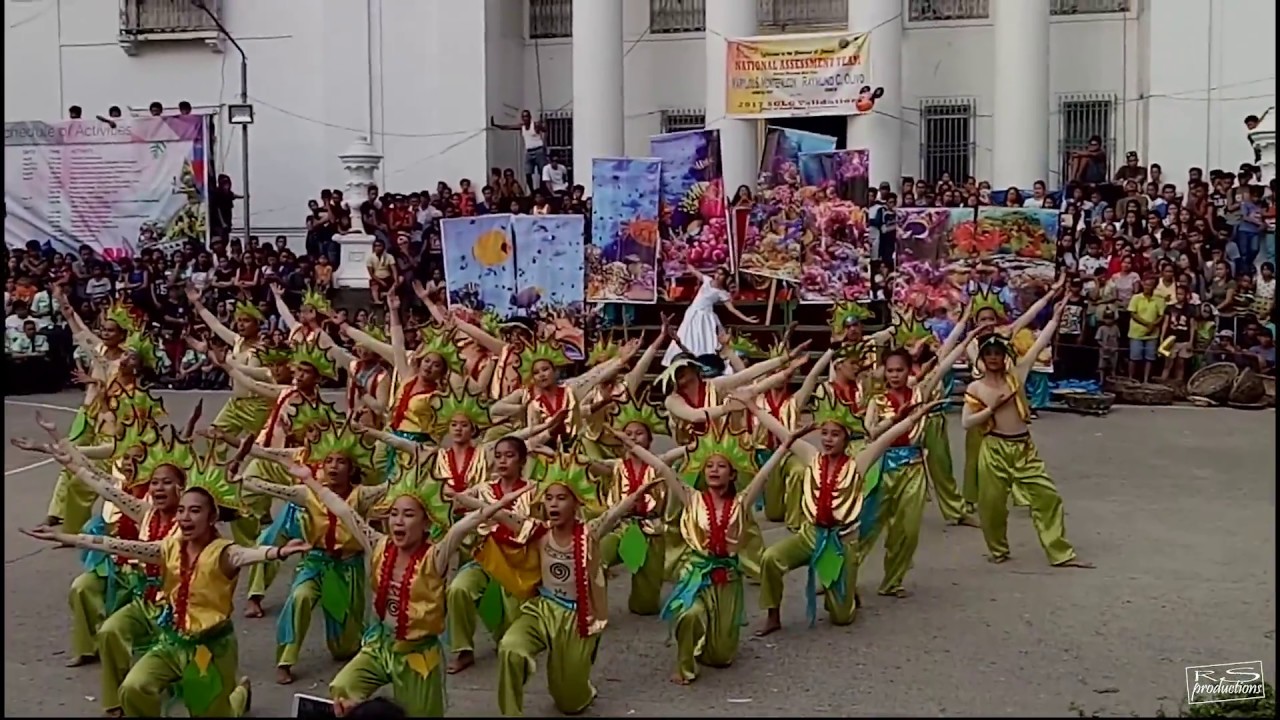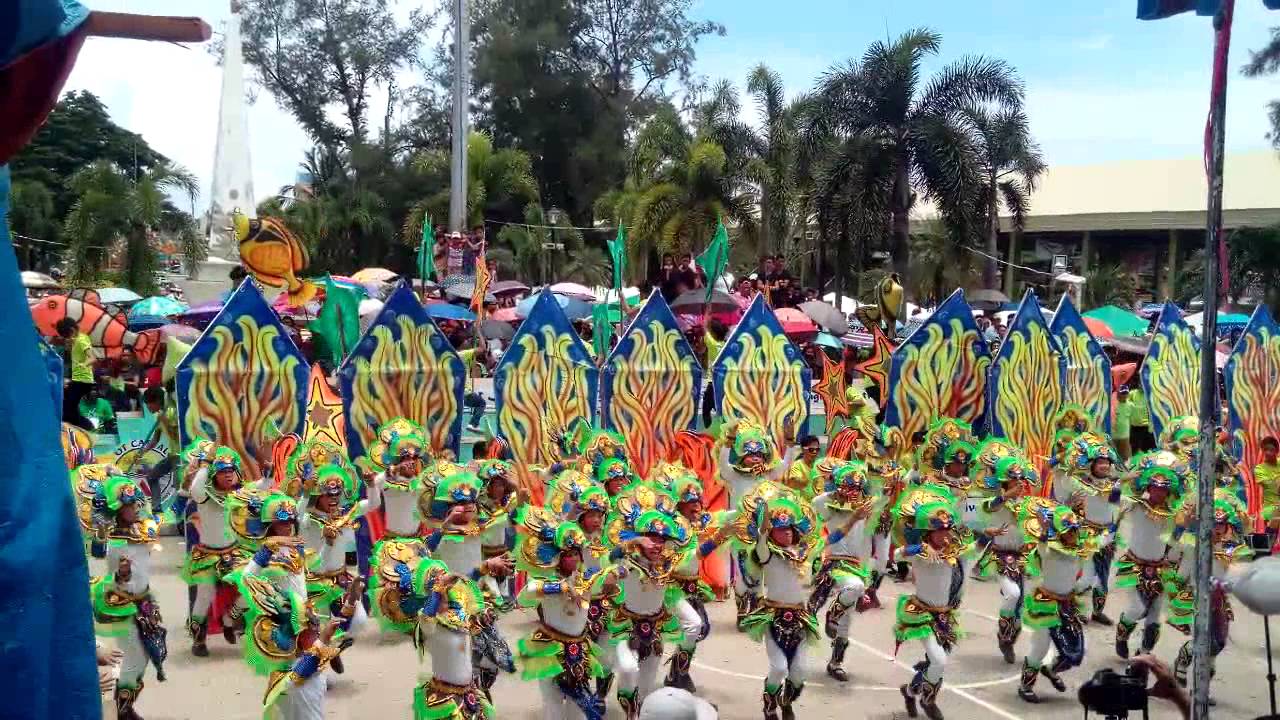Culture, Sports and Recreation
Traditional and Beliefs
Many Waray-Waray traditions can be traced to pre-colonial times. For example, the Kuratsa dance is a very popular traditional dance of the Waray-Waray at many social gatherings, especially weddings. It is very common throughout Samar. The couple who dances the Kuratsa are showered with money by the people around them. The belief is that the more money showered upon them, the more blessings will come their way. The culture is basically Visayan. The Waray-Waray are often stereotyped as brave warriors, as popularized in the tagline, “basta ang Waray, hindi uurong sa away” (Waray never back down from a fight.) Farming and fishing are the main livelihood. In the entire cropping season, from land preparation up to post harvest, the farmers perform rituals invoking the nature spirits and ancestor spirits for a good harvest. This is also complemented by Christian customs as the recitation of novenas (9-day). Fisherfolk likewise ask permission from the water spirits for safety at sea and a good catch. Their religious devotion is very evident in their celebrations like feasts honoring their patron saints. Fiestas are celebrated with prayer, food/drinking dance and music. Many Waray-Waray traditions can be traced to pre-colonial times. For example, the Kuratsa dance is a very popular traditional dance of the Waray-Waray at many social gatherings, especially weddings. It is very common throughout Samar. The couple who dances the Kuratsa are showered with money by the people around them. The belief is that the more money showered upon them, the more blessings will come their way.
Religion
Catholics comprised 96.76 percent of the province’s household population in 2000. Other religious groups in the province are the Aglipays, Iglesia ni Kristo, Islam, Buddhists, Baptists, and Protestants from the United Church of Christ of the Philippines and other Protestant sects.
Festival
- STA. RITA – Situated in the mouth of San Juanico Strait noted for copra, root crops and woven mats.
Here are the photos of festivals:
 Photo Credit: Cyber Space and Time
Photo Credit: Cyber Space and Time
 Photo Credit: Cyber Space and Time
Photo Credit: Cyber Space and Time
Here are the videos of festivals:
The Kuratsa is believed to be a Mexican import (supposedly from La Cucaracha dance typical to Monterrey region of Mexico) – the Kuratsa is however, very different in the manner of execution than the Mexican counterpart. Even the “basic” Kuratsa music is not based on Mexican or even Spanish melodies.

